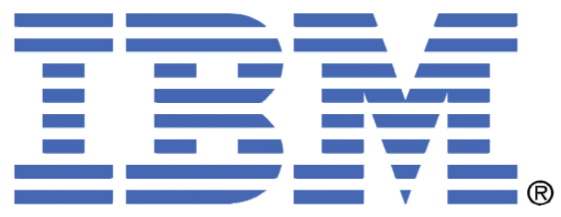IBM announced July 1, 2010 their plan to acquire BigFix, a privately-owned provider of IT operations and security policy enforcement…
Read More

IBM announced July 1, 2010 their plan to acquire BigFix, a privately-owned provider of IT operations and security policy enforcement…
Read More
Nortel, despite its selloff of the operating divisions to Ciena, Avaya, Ericsson and Genband is still struggling with making its…
Read More
HP Picks up Palm HP announced a definitive all-cash agreement to acquire Palm for $1.2 billion. The iconic smartphone developer…
Read MoreTo quote the headline in today’s Wall Street Journal, (subscription may be required), With Fistfuls of Cash, Firms on the…
Read MoreI did correctly predict that Cisco would reach deeper into its pocketbook and pull out more money to pay for…
Read More